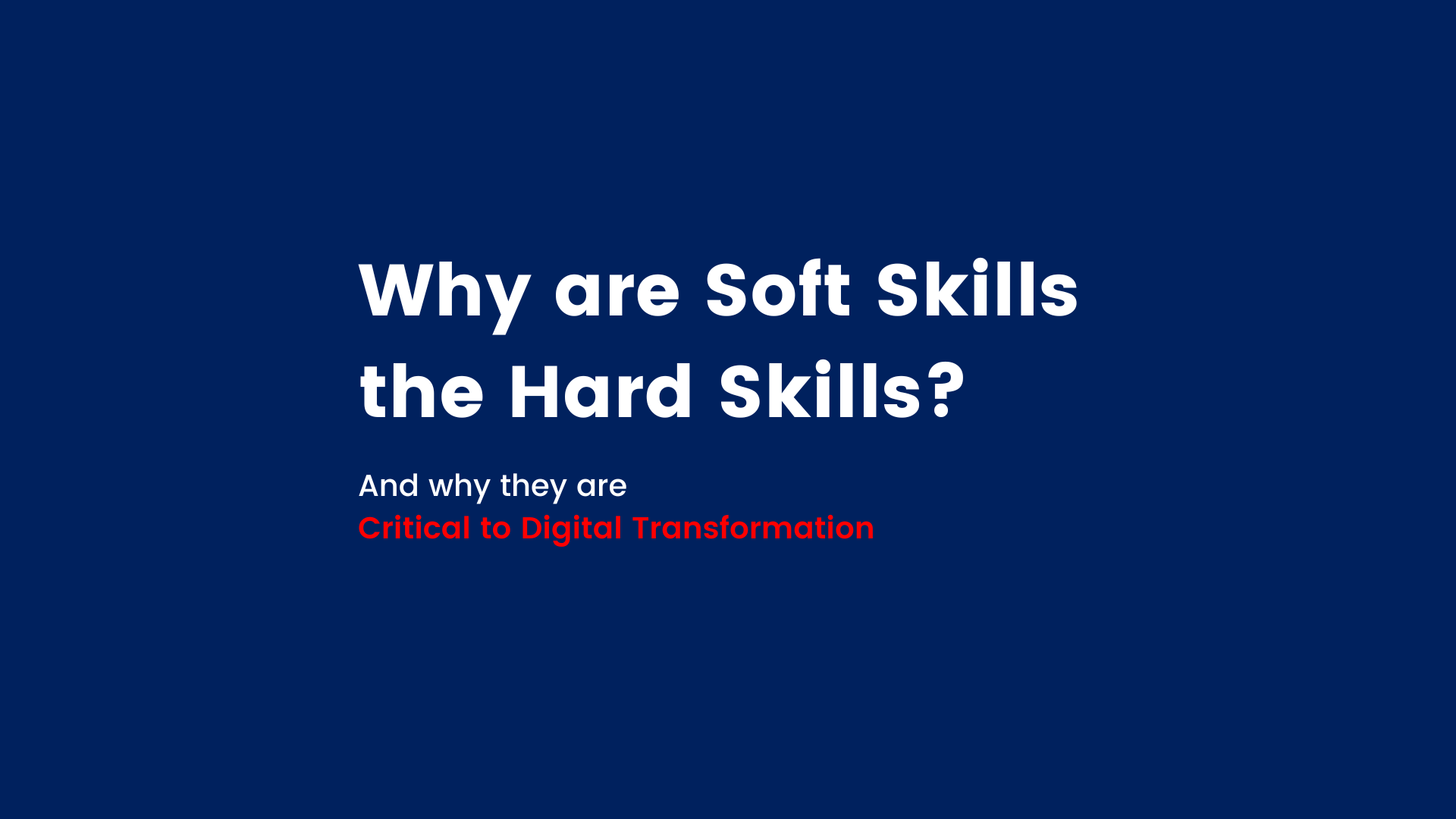
This video is a joy to watch, especially if you’re a ZZ top fan but most of all for the joyful, uninhibited dancing of the child. But I’m sharing it to make a point.
A hot topic in the C-suite right now is how to bring Business Agility across the workforce so an enterprise can take advantage of digitalization and innovate faster than the competition.
It might be time for a loop of this video to play in boardrooms because the ability to PLAY as children do, is a game changer toward corporate agility.
Business agility requires the fast application of new approaches to business, products and services. New approaches need new ideas – and this requires creativity.
We are born creative. Pretty much all kids in their early years think they can draw, sing and dance.
Children don’t get embarrassed about what they produce, they are uninhibited, creative and take risks. Unfortunately, as they get older the world conspires, often led by education systems, to diminish confidence in creativity.
The irony is that they go on to be employed in companies that want Creativity & Innovation from their workforces!
So, how does an organization help develop this aspect of Agile Behaviour, the capacity to be creative and innovative?
By slowing down for one. And that’s difficult in a world of executives addicted to the constant activity of back-to-back zoom calls. Such “busyness” is not the path to encourage creativity and innovation. What’s required is a lot more play.
The Science backs this up.
Decades ago, a psychologist named Donald MacKinnon set out to research creativity and how to maximise it. What he discovered will make a lot of sense to those in creative fields such as writers, composers etc. and that is, that creativity is not just about talent but a way of operating.
This means that to be creative requires a large amount of “playtime” where the mind can wander free without the pressures of day-to-day responsibilities. Just as a child waiting at a bus stop. This is why writers go on retreats to get away from distraction.
This doesn’t mean everyone has to go on a retreat to be creative. Lots of people successfully write books while also keeping full-time jobs but you won’t find them writing the book between zoom calls. The trick is to schedule blocks of time that are free from daily pressures so that the mind can run free.
It’s when the mind runs free without distraction that the subconscious and conscious can blend which results in the “aha” moments.
As the philosopher Alan Watts put it, “you can’t be spontaneous within reason.”
So, play is a serious issue. Time to think is critical. But how can one achieve enterprise-wide business agility? It begins with arguably the most important unit within an organization - teams.
Research shows that the most effective way is to develop agility …team by team.
FORWARD, the new Business Agility course by HARDSKILLS is geared towards training teams and organizations in how to approach this and teaches the practical steps, skills and behavioural tools that can help make Play, Creativity and Business Agility happen.
NB: With thanks to Robin Spanell for the masterful playing for which we have made a contribution and thanks also to the wonderful dancer.

Dancing into Business Agility
This video is a joy to watch, especially if you’re a ZZ top fan but most of all for the joyful, uninhibited dancing of the child. But I’m sharing it to make a point.
A hot topic in the C-suite right now is how to bring Business Agility across the workforce so an enterprise can take advantage of digitalization and innovate faster than the competition.
It might be time for a loop of this video to play in boardrooms because the ability to PLAY as children do, is a game changer toward corporate agility.
Business agility requires the fast application of new approaches to business, products and services. New approaches need new ideas – and this requires creativity.
We are born creative. Pretty much all kids in their early years think they can draw, sing and dance.
Children don’t get embarrassed about what they produce, they are uninhibited, creative and take risks. Unfortunately, as they get older the world conspires, often led by education systems, to diminish confidence in creativity.
The irony is that they go on to be employed in companies that want Creativity & Innovation from their workforces!
So, how does an organization help develop this aspect of Agile Behaviour, the capacity to be creative and innovative?
By slowing down for one. And that’s difficult in a world of executives addicted to the constant activity of back-to-back zoom calls. Such “busyness” is not the path to encourage creativity and innovation. What’s required is a lot more play.
The Science backs this up.
Decades ago, a psychologist named Donald MacKinnon set out to research creativity and how to maximise it. What he discovered will make a lot of sense to those in creative fields such as writers, composers etc. and that is, that creativity is not just about talent but a way of operating.
This means that to be creative requires a large amount of “playtime” where the mind can wander free without the pressures of day-to-day responsibilities. Just as a child waiting at a bus stop. This is why writers go on retreats to get away from distraction.
This doesn’t mean everyone has to go on a retreat to be creative. Lots of people successfully write books while also keeping full-time jobs but you won’t find them writing the book between zoom calls. The trick is to schedule blocks of time that are free from daily pressures so that the mind can run free.
It’s when the mind runs free without distraction that the subconscious and conscious can blend which results in the “aha” moments.
As the philosopher Alan Watts put it, “you can’t be spontaneous within reason.”
So, play is a serious issue. Time to think is critical. But how can one achieve enterprise-wide business agility? It begins with arguably the most important unit within an organization - teams.
Research shows that the most effective way is to develop agility …team by team.
FORWARD, the new Business Agility course by HARDSKILLS is geared towards training teams and organizations in how to approach this and teaches the practical steps, skills and behavioural tools that can help make Play, Creativity and Business Agility happen.
NB: With thanks to Robin Spanell for the masterful playing for which we have made a contribution and thanks also to the wonderful dancer.





.png)


